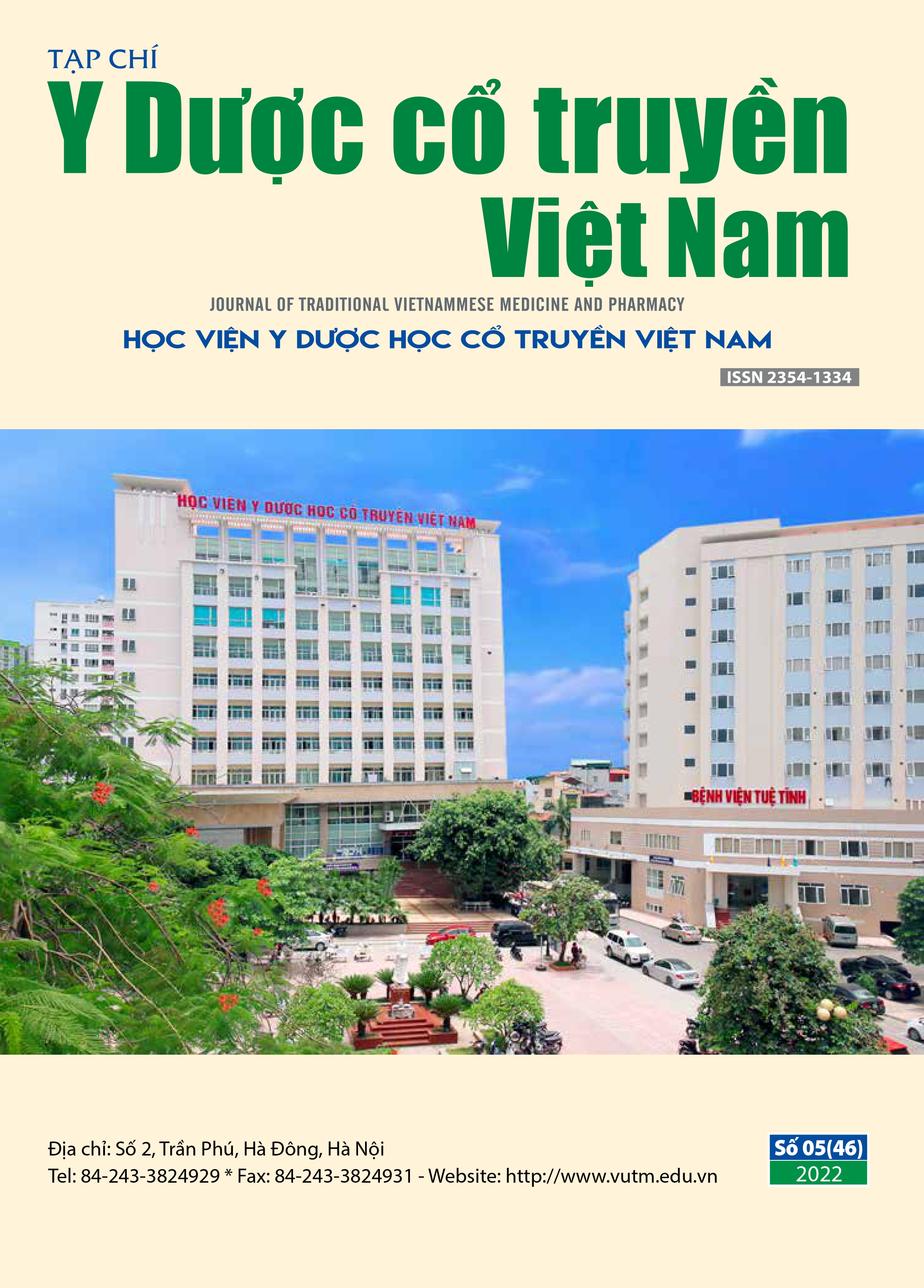Quality Of Life Of The Primary Immunodeficiency Disease Patients
Main Article Content
Abstract
Primary immunodeficiency is a group of heterogeneous genetic diseases characterized by disorder of immuno- system, which greatly affects the quality of life (QoL) of patients.
Objectives: Investigating the quality of life of children with primary immunodeficiency by using Ped QL 4.
Method: A cross sectional-study, using the quality of life for children Peds QL 4.0, was implemented to investigate the quality of life of 52 children diagnosed with primary immunodeficiency.
Results:The ratio of male/female was 6/1, average age was 7,2 ± 4,0, patients aged 2-4 ranked highest with 38,5%. Among them, patients with lymphoid B were 63,5%, patients with phagocytosis disorder were 23,1%,
patients with complex type were 23,1%. The QoL score in terms of studying of patients aged 13-18 was higher than the rest of patients (p = 0,01< 0,05). The QoL related to studying, physical health and total score of patients with lymphoid B were higher than the other types of primary immunodeficiency (p < 0,05). The QoL related to studying, physical health and total score of primary immunodeficiency patients were lower than those of healthy children (p < 0,05).
Conclusion: The QoL related to studying, physical health and total score of primary immunodeficiency patients were signigicantly lower than those of healthy children. It is neccesary to evaluate the QoL of primary immunodeficiency patients at different times and longer duration after treatment.
Article Details
Keywords
Children, primary immunodeficiency, quality of life.
References
2. Nina.B. Kuburovic (2015), Human Inborn Errors of Immunity: 2019 Update on the Classification from the International Union of Immunological Societies EXpert Committee. J Clin Immunol,:8 323–330.
3. Annarosa Soresina (2006) The Quality of Life of Children and Adolescents with X-Linked Agammaglobulinemia J Clin Immunol (2009) 29:501–.
4. Lê Thị Minh Hương (2018), Tổng quan về suy giảm miễn dịQch, Tạp Chí Nghiên Cứu Và Thực Hành Nhi Khoa I Số 6.
5. The World Health Organization Quality of Life Assessment (WHOQOL): development and general psychometric properties. Soc Sci Med 1982, 46(12), 1569–1585.
6. Fonda Jiang (2015), Health-related quality of life in patients with primary immunodeficiency disease.
7. Varni J.W. (2001). PedsQL 4.0: reliability and validity of the Pediatric Quality of Life Inventory version
4.0 generic core scales in healthy and patient populations. Med Care, 39(8), 800–812.
8. Nguyễn Thị Thanh Mai (2017). Khảo sát chất lượng cuộc sống liên quan đến sức khỏe ở trẻ em khỏe mạnh bằng thang điểm PedsQL 4.0 generic core, phiên bản Việt Nam. Tạp chí Y học thực hành, 6, 1045.
9. Jinhong Wu (2019) Primary immunodeficiency disease: a retrospective study of 112 Chinese children in a single tertiary care center, Wu et al. BMC Pediatrics (2019) 19:410.

